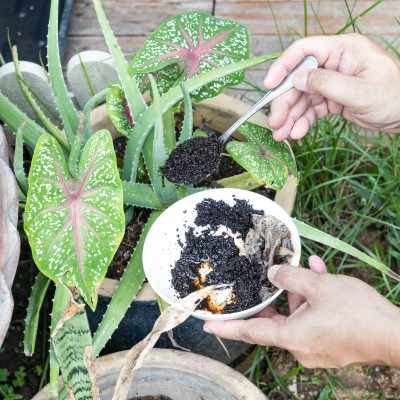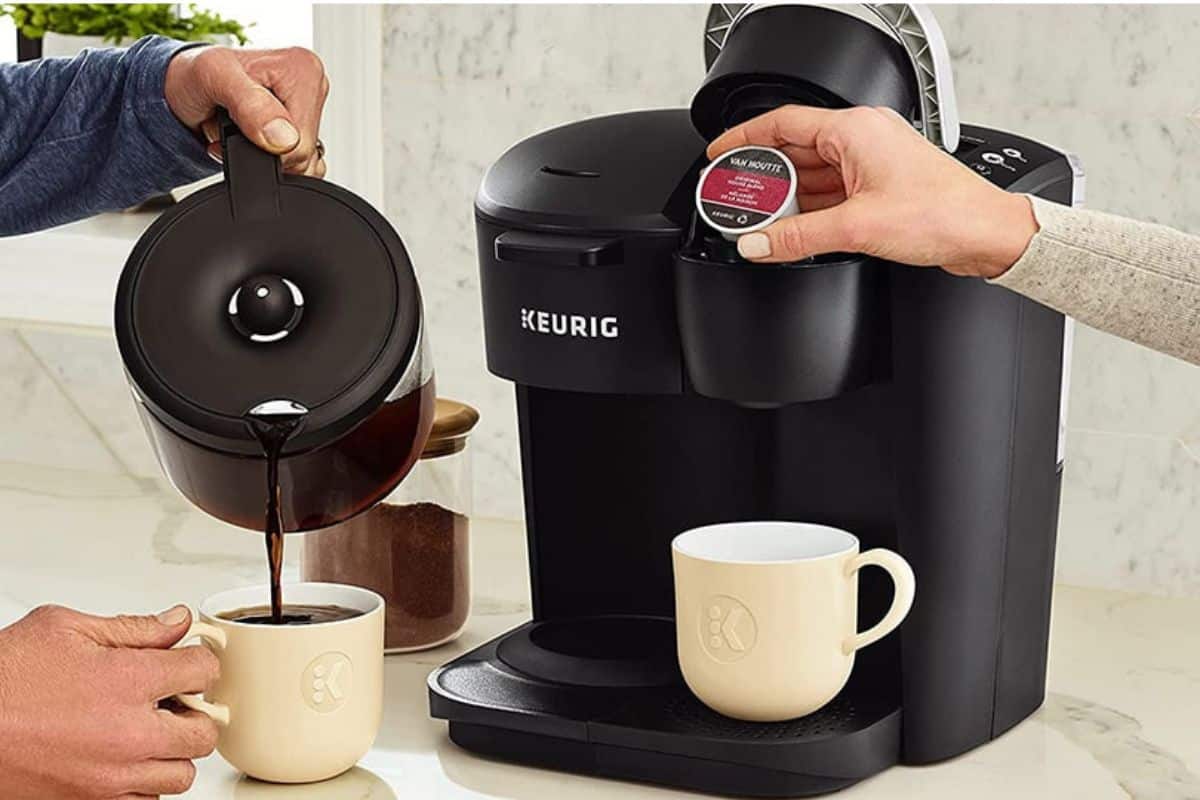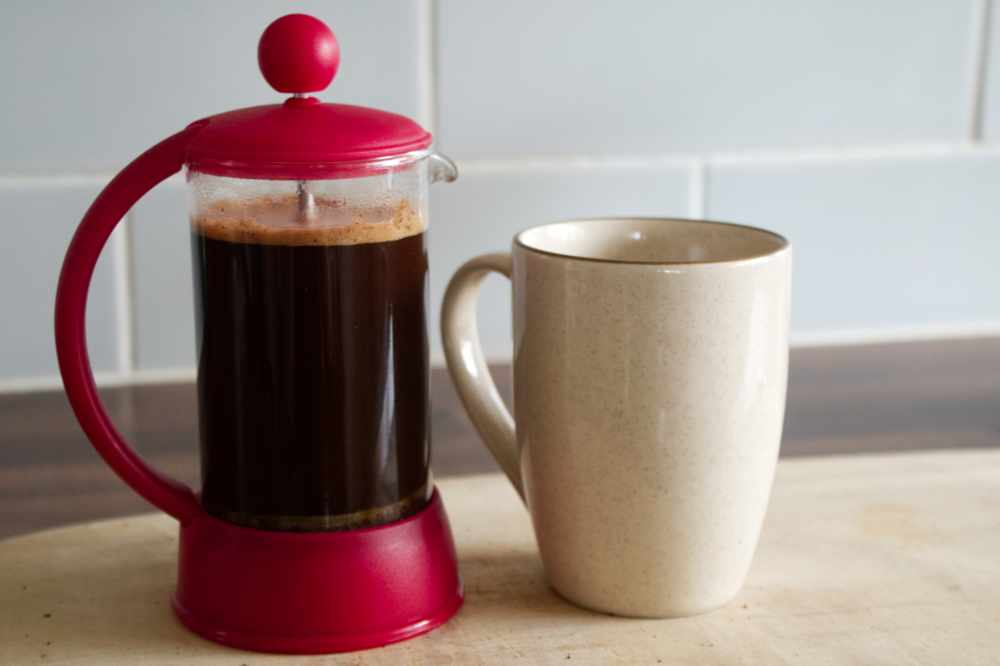You don’t have to be a keen gardener to enjoy plants. Some greenery around your living space can freshen the air and lift your spirits and just makes a house more like home. No matter if you like caring for houseplants, tending to flowerbeds, or pottering around a vegetable patch, it’s all good for the soul.
Another major mood lifter that most people enjoy on a daily basis is a delicious cup of java. Nothing beats that refreshing first sip of coffee in the morning and you may be wondering what coffee has to do with gardening?
Well, it turns out used coffee grounds can be a great fertilizer for houseplants and your garden. They can also be used to make rich, fertile compost. You do need to be wary though, not all plants like coffee grounds and if you put them on the wrong species you can end up killing it!
Plants that like coffee grounds include (but are not limited to) Hydrangeas, Blueberries, Azaleas, Radishes, Holly, Lillies, Rhododendrons, African Violets, Camellias, Roses, and Tomato Plants.
Before you go throwing coffee around, it’s important to understand the ins and outs of gardening with coffee, so here’s everything you need to know about nourishing your plants with coffee beans.

Why Are Coffee Grounds Good for the Soil?
Coffee comes from nature so there’s no question that it can safely break down and return to the earth. The coffee beans themselves are actually the seeds of a coffee plant and, as with all seeds, they contain nitrogen-rich proteins to help germination as well as promote plant growth.
When coffee is brewed the water-soluble components of the beans are the parts that dissolve into hot water to give your cup of coffee. The parts that are left behind include oils, lipids, cellulose, and indigestible sugars. These can help feed the micro-organisms in the soil and the carbon to nitrogen ratio found in used coffee can be perfect for plant and soil nutrition. They also contain phosphorus and potassium which is essential for plant growth.
Earthworms are also said to like coffee grounds and they help recycle them deep into the soil, further nourishing it.
Coffee is acidic when freshly brewed and this can help reduce soil pH which is useful for acid-loving plants. The caveat here is that as coffee grounds decompose, their pH level does tend to change over time. Coffee-based compost material can help inhibit the growth of some fungal and bacterial microorganisms whilst enhancing others and the same is true for their effect on plants.

The bottom line with using coffee grounds in compost is not to add more than 20-30% of the total volume in coffee. It should be mixed with a variety of organic materials such as dried leaves and vegetable scraps to ensure a good variety of micronutrients. A good tip is to also add eggshells to your compost pile as the calcium helps build up plant walls. This is especially useful in a vegetable garden as it can help fruits and vegetables grow healthily.
Don’t assume the soil will stay acidic as pH will vary over time and you may very well end up with alkaline soil. It’s best to test the soil with pH strips
Acid Loving Plants
Acidic soil is the preferred growing environment for a variety of common garden plants, fruits, vegetables, as well as houseplants. You can use coffee grounds to help create an acid environment by adding grounds directly to the soil or to your compost bin. As mentioned above, always test the pH before you use it otherwise it can end up being detrimental to plant growth.
Hydrangeas, Blueberries, Azaleas, Radishes, Rhododendrons, African Violets, Camellias, and Tomato Plants are some examples of outdoor and indoor plants that prefer acidic soil.
How to Make Your Own Green Compost
It’s really easy to make your own compost at home. To start off you’ll need an outdoor container in your garden. A purpose-bought compost bin is ideal as these are specially designed with aeration in mind and some options even let you turn the organic matter with a purpose-built stirrer.
Next, you’ll need a bowl or small bin in the kitchen to gather food scraps as you cook. You can add peelings, skins, pits, and stones, pretty much every part of fruit and vegetable food waste. Eggshells are very useful but it’s recommended to rinse them first as the egg residue can attract pests. Crush them before you add them to the compost for a faster breakdown.
Alongside kitchen scraps, you can add grass clippings, dried leaves, trees, and hedge trimmings. Avoid adding weeds to the compost you intend to use for the garden as this allows them to re-occur and is very annoying.
When it comes to coffee, used grounds can be added straight to the mix and if you use paper coffee filters, these two can go in. Adding fresh coffee grounds to the compost is expensive and an unnecessary step to take.
Don’t put animal products such as meat, milk, cheese, and yogurt in the compost bin as this attracts pests and can add pathogens to the soil.
The length of time you leave the compost does depend on the temperature and humidity of the climate you live in. Colder areas will take a lot longer than hot, humid environments. It’s recommended to turn the compost every 2-4 weeks to aerate it and avoid anaerobic molds and fungi from growing.
Once the compost is ready you can use it as mulch in your flower bed or vegetable garden or mix it with potting soil to start growing houseplants.

Other Uses for Spent Coffee Grounds
Pesticide
Certain species of pests really don’t like coffee grounds and this can make them the perfect choice for a natural pesticide. Slugs and snails hate crawling over used or fresh grounds so you can use coffee to create a barrier around your plants.
Ants are also not a fan of coffee so the grounds will also help keep them at bay.
Adding coffee grounds to candles can help keep flying insects such as fruit flies and mosquitos away or simply place bowls of coffee grounds around the room.
Reducing Odors
Coffee grounds are great at absorbing odors which makes them the perfect ingredient to add to your cat’s litter box to help reduce the smell. If you do this, make sure the grounds are dry first otherwise you’ll have little coffee stain paw prints all over your home. Not ideal!
It’s not just the litterbox that can benefit from coffee grounds. Dried coffee grounds can be added to a sock or pantyhose and used in a cupboard or drawer to keep it smelling fresh. A bowl of coffee grounds in the fridge can also help eliminate unwanted odors.
Skincare
Coffee grounds can be used as a natural skin scrub to help remove dead skin and reduce the appearance of cellulite. Use them in the shower to get a good exfoliation. They are also good as a hand scrub to use after chopping onions or garlic as they help remove the smell.
Cleaning
You can use old coffee grounds to scour pots and pans to help remove stubborn dirt without damaging the surface of the pan. This also works well for plates and dishes. Just be sure to rinse them thoroughly after use.
F.A.Q.s
What plants can you put coffee grounds on?
Hydrangeas, Blueberries, Azaleas, Radishes, Holly, Lillies, Rhododendrons, African Violets, Camellias, Roses, and Tomato Plants are some examples of outdoor and indoor plants that prefer acidic soil.
What plants are coffee grounds not good for?
Orchids, lavender, pothos, and rosemary will not do well in coffee-rich soil. If you’re ever in doubt with a new kind of plant, always google it before you add coffee or you risk damaging the plant.
What are some other ways to use coffee grounds?
Coffee grounds can also be used as a pesticide, body scrub, cleaning scrub for pots and pans, or as a natural deodorizer. Just be wary that coffee does stain cloth so don’t use it near any light-colored carpets or furnishings.
Can I make a compost pile with coffee grounds?
Adding coffee to your compost can be very beneficial for some plants as it adds essential nutrients to the mix. Just make sure you don’t add more coffee than 30% of the total weight as above this level is detrimental to plant growth.
Final Thoughts
Coffee grounds can be a really good solution for helping nourish your garden as well as creating some rich fertile compost. Coffee helps plants germinate and grow and the best part is, the grounds get recycled rather than being thrown away.
Do be cautious with the plants you choose to put the coffee on as well as how much coffee you use otherwise you can end up making things worse.
It’s not just gardening that can use coffee grounds, there are all kinds of ways to recycle them. Next time you sit back and enjoy your morning cup of java, don’t forget to put those grounds to good use!





